-
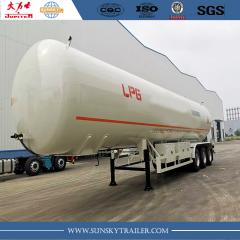 3 Axle Lpg Gas Tank Semi Trailer
3 Axle Lpg Gas Tank Semi Trailer
-
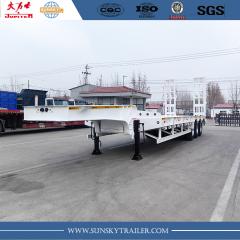 Low Bed Trailer
Low Bed Trailer
-
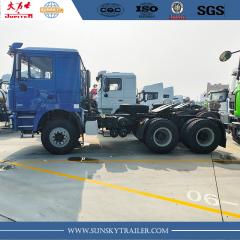 SHACMAN F3000 Tractor Truck
SHACMAN F3000 Tractor Truck
-
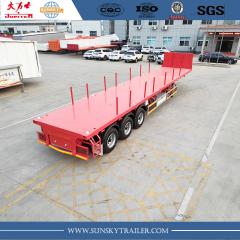 Flatbed Pillar Trailer
Flatbed Pillar Trailer
SUNSKY VEHICLE, a manufacturer of flatbed semi-trailers, has found that the Flatbed Pillar Trailer i...

Features of the full trailer:
The full trailer is composed of a trailer and a trailer, and the whole vehicle is composed of two parts: a tractor and a trailer. In the full trailer, the connecting device is supported at the front of the vehicle, so that the load of the whole vehicle is more balanced. The trailer section does not have a front axle, but is attached to the rear of the towing vehicle by a hitch device. Full trailers are usually used to transport long, heavier goods, such as large machinery and equipment, building materials, etc. It can be customized according to the characteristics and needs of the cargo, including different container types and sizes. Full trailers are usually designed with multiple axles to increase the stability and carrying capacity of the whole vehicle.

Features of the semi-trailer:
The semi-trailer consists of a tractor and a trailer, and the two are connected together by a connecting device. Unlike a full trailer, the attachment of a semi-trailer is supported at the rear of the vehicle, allowing the front of the tractor to steer. The trailer part of the semi-trailer has its own front axle with a hinged connection with the rear axle of the tractor. Semi-trailers are suitable for the transportation of goods with medium loads and lengths, such as containers, bulk cargo, etc. It is highly flexible and can be switched between different transport tasks to suit different needs.
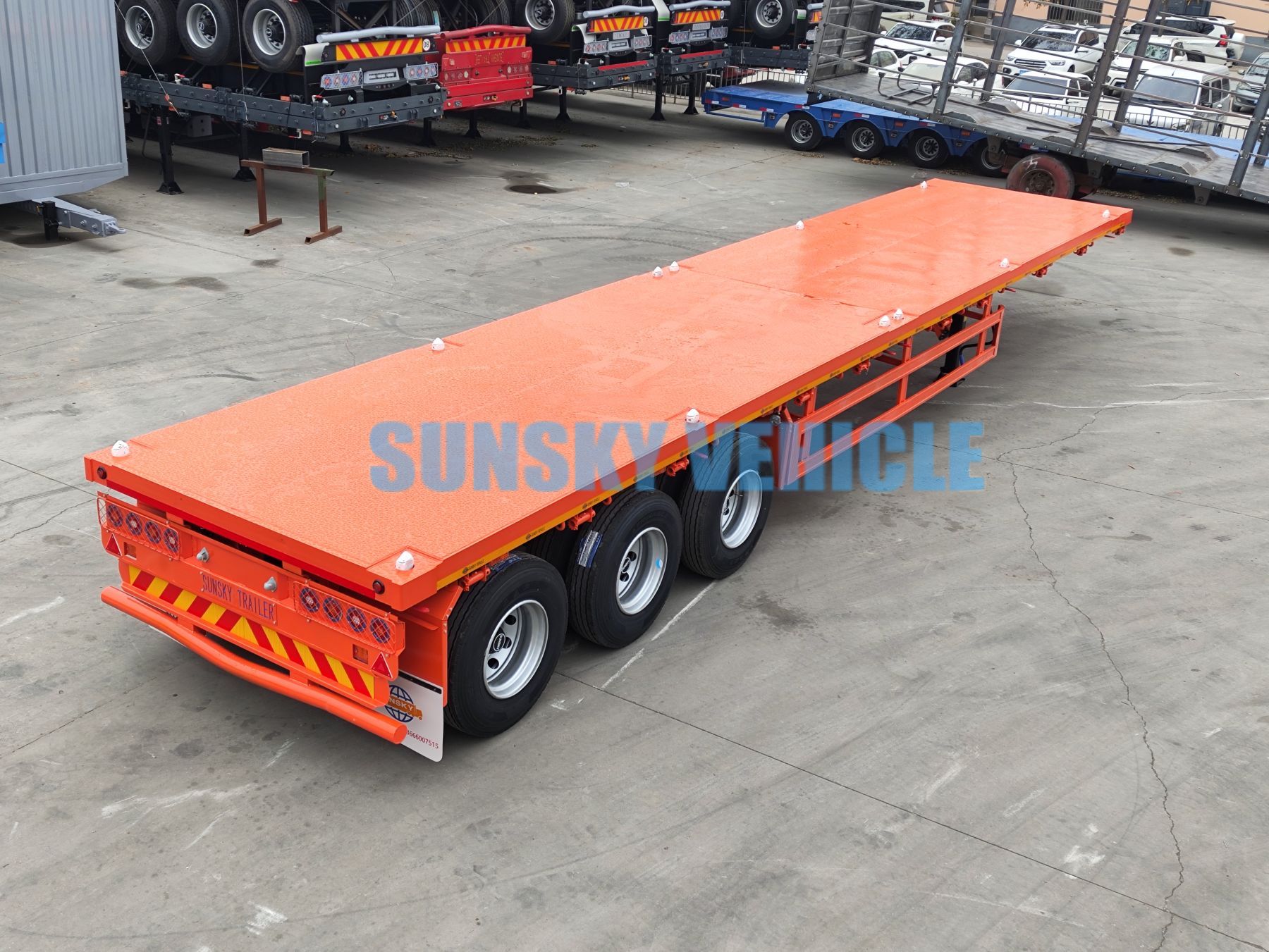
Differences in application areas:
There are also some differences in the application fields between full trailers and semi-trailers. Full trailers are mainly used for long-distance and large-load cargo transportation, such as engineering equipment, large machinery, etc. Due to the structural characteristics of the full trailer, it has advantages in lateral stability and load balancing, and is suitable for scenarios that require better stability and carrying capacity. Semi-trailers are mainly used for short- and medium-distance transportation tasks such as urban distribution and container transportation. The semi-trailer's flexibility and steering capabilities make it more suitable for operation on narrow roads and in urban environments.
Different driving skills and licensing requirements:
Due to the structural differences between full trailers and semi-trailers, the skills and licensing requirements required to drive them are also different. Driving a full trailer requires special driving skills and experience to adapt to the characteristics of a long body and turning radius. The driver of a full trailer needs to pay attention to the swing range at the rear of the vehicle and master the braking and handling skills in an emergency. In contrast, the driving skills of a semi-trailer are more conventional, but it still requires some knowledge of the length and turning radius of the vehicle. Before driving a full trailer or semi-trailer, drivers need to obtain the appropriate driving permits and qualifications.

while the semi-trailer is suitable for short- and medium-distance transportation and urban distribution, with higher flexibility and steering capacity. The skills and licensing requirements required to drive a full trailer and a semi-trailer are also different. When choosing to use a full trailer or semi-trailer, it is necessary to consider comprehensively according to factors such as the characteristics of the goods, the transportation distance and road conditions. Understanding the difference between a full trailer and a semi-trailer can help those working in the freight transportation industry make more informed choices and ensure that goods are transported safely and efficiently to their destinations.
Sunsky specializes in manufacturing trailers and trucks for more than 30 years, providing one-to-one professional services, with its own factory, click here to customize your exclusive semi-trailer!




